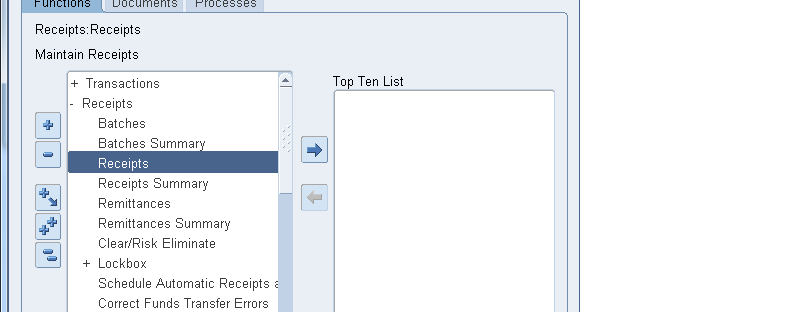How to get Concurrent Program Out file and Log file from Database ?
Today we will guide you how to get concurrent program log files and output files from database. As you aware whenever you submit concurrent program , after successful completion of it, Two files will be generated which are nothing but LOG files and OUTPUT files. We can get those files by calling function FND_WEBFILE.GET_URL This function will return output value which is nothing but the Link for the Log file or Output File , So only thing we need to do is to just paste the link in browser to view Log File or Output file. During this activity you don't need to be login on to the Oracle Application Window Below code will help you out in Generating Log file , Pass request id as input parameter /*----------------------------------------------------------- Code for Log File Generation http://oracleerplearning.blogspot.in/ ...





